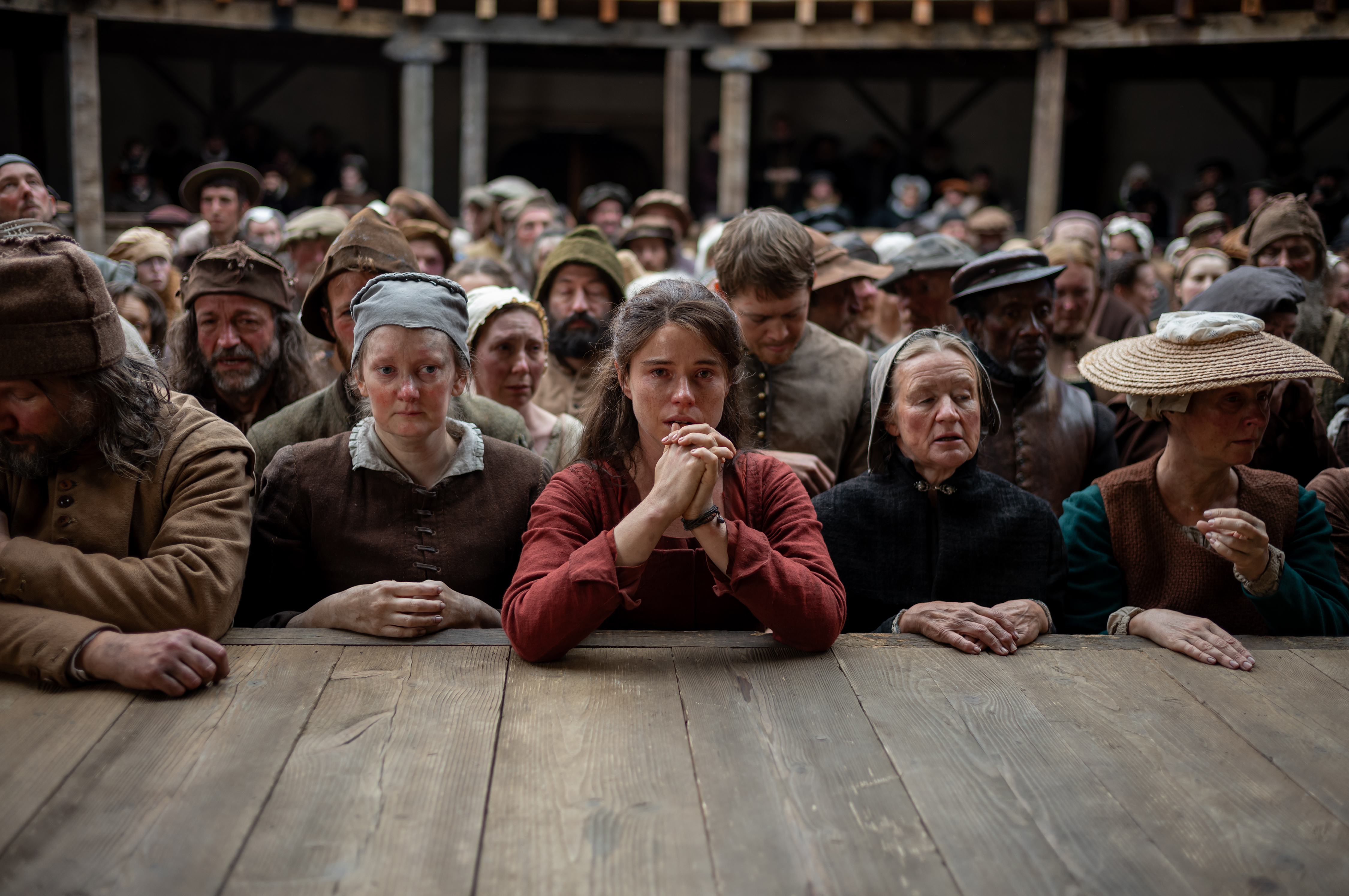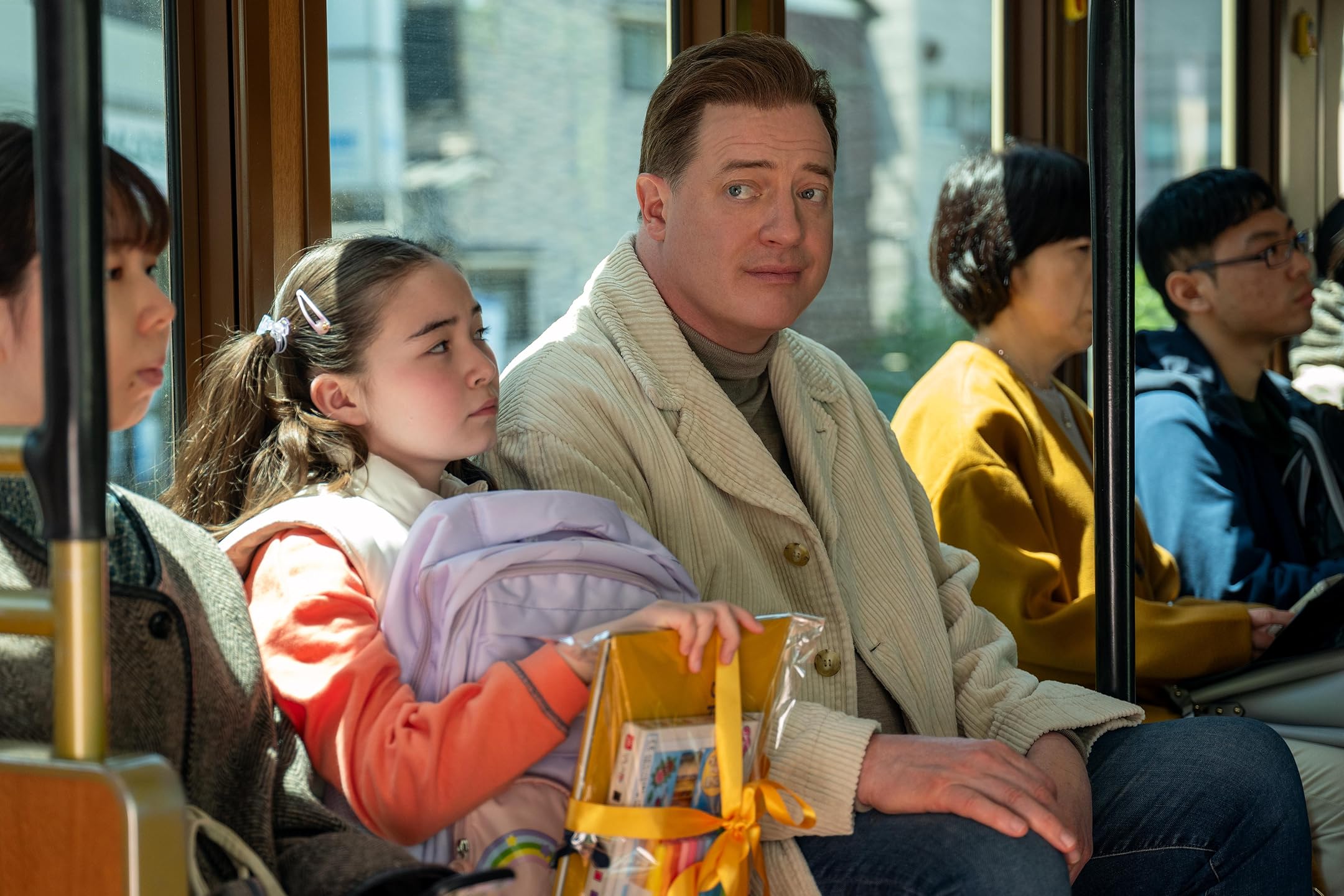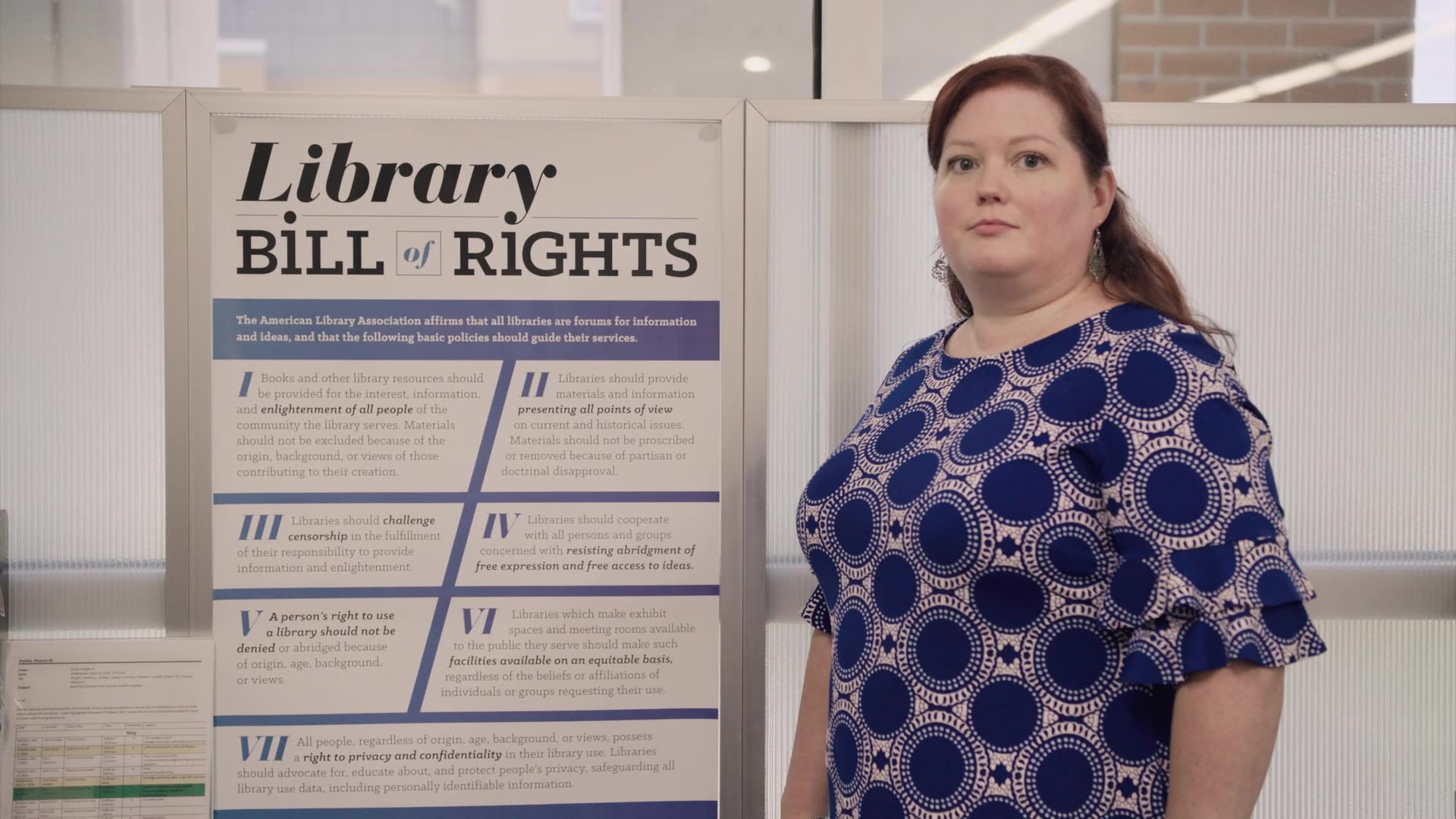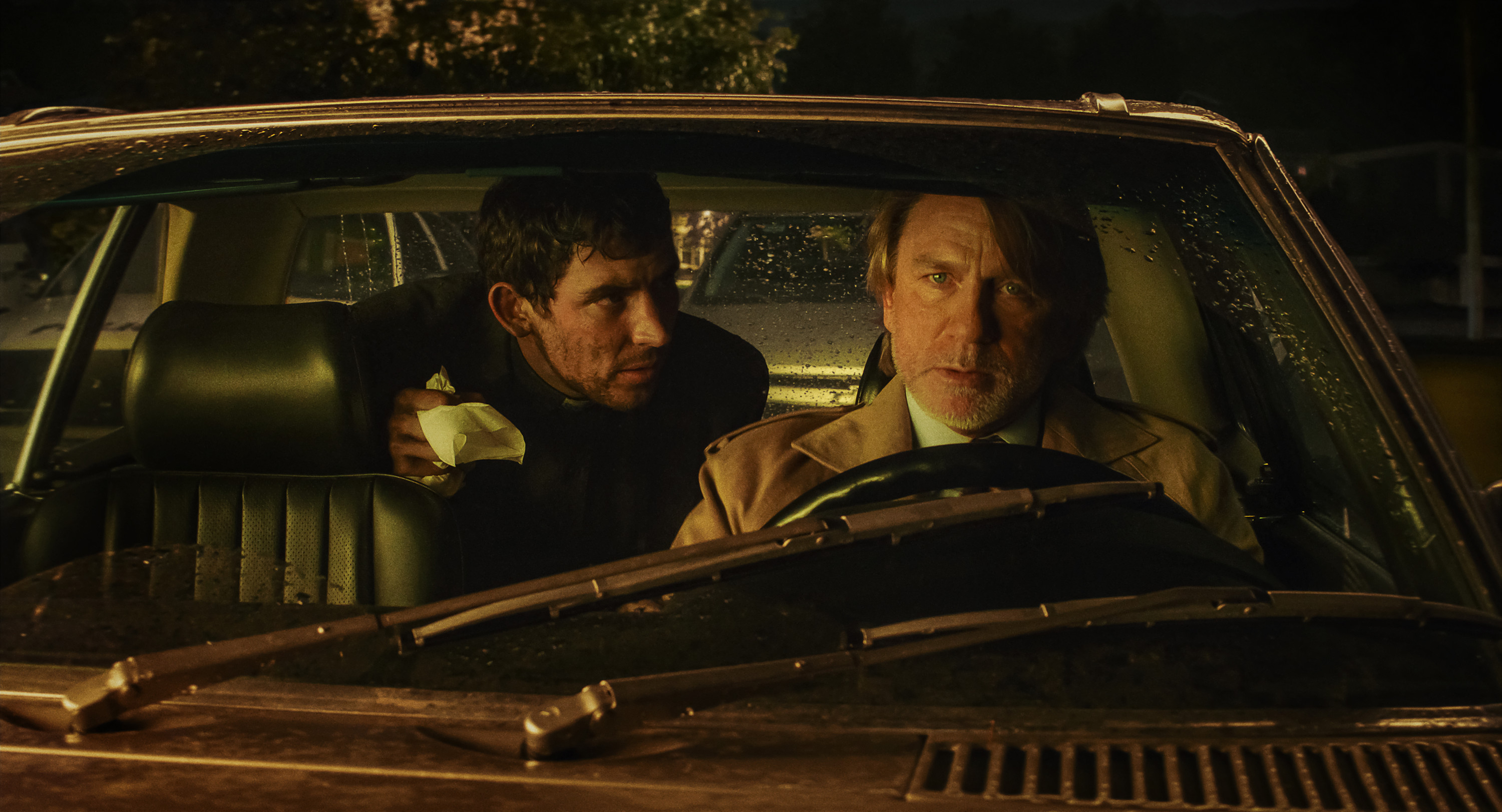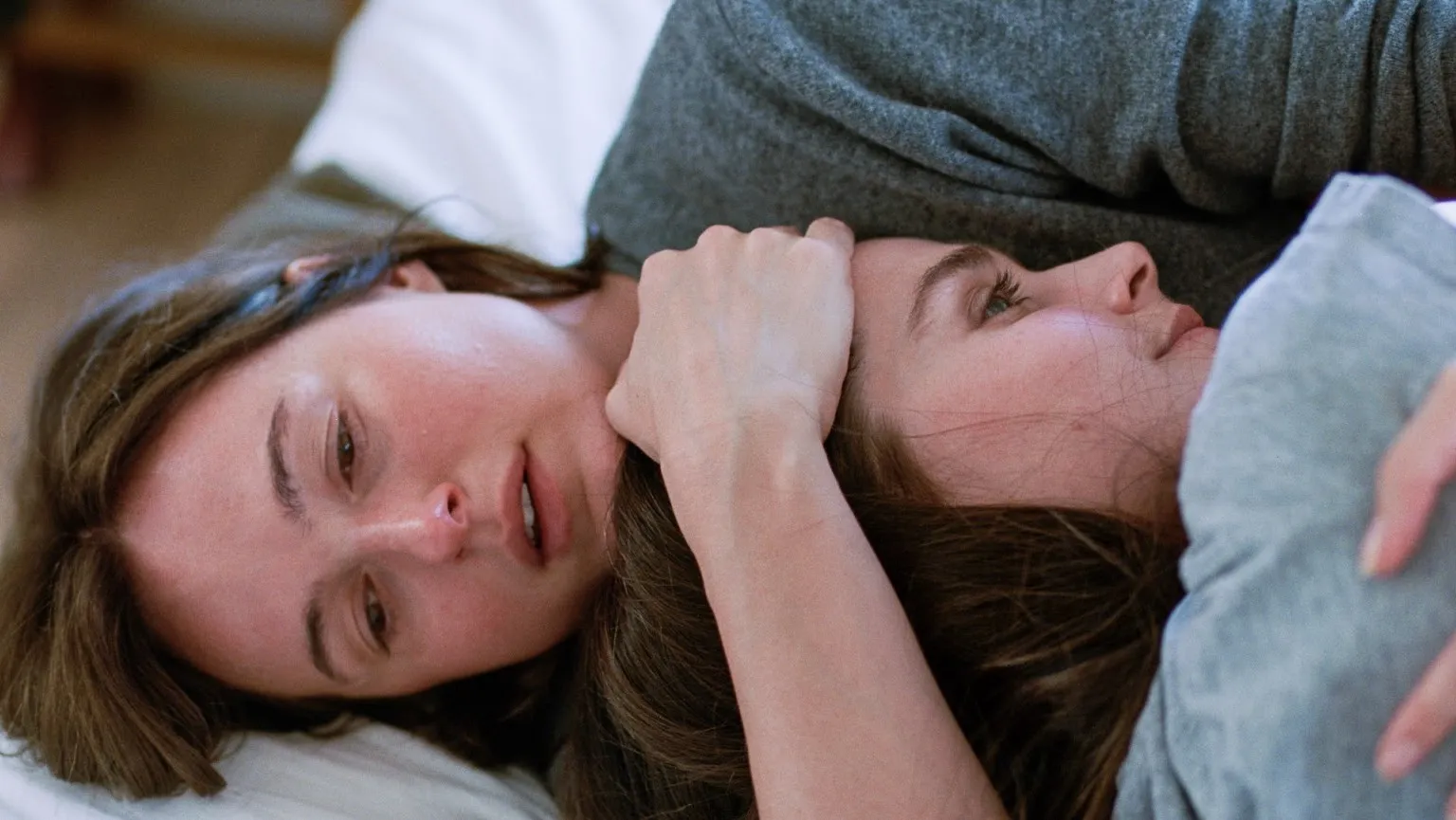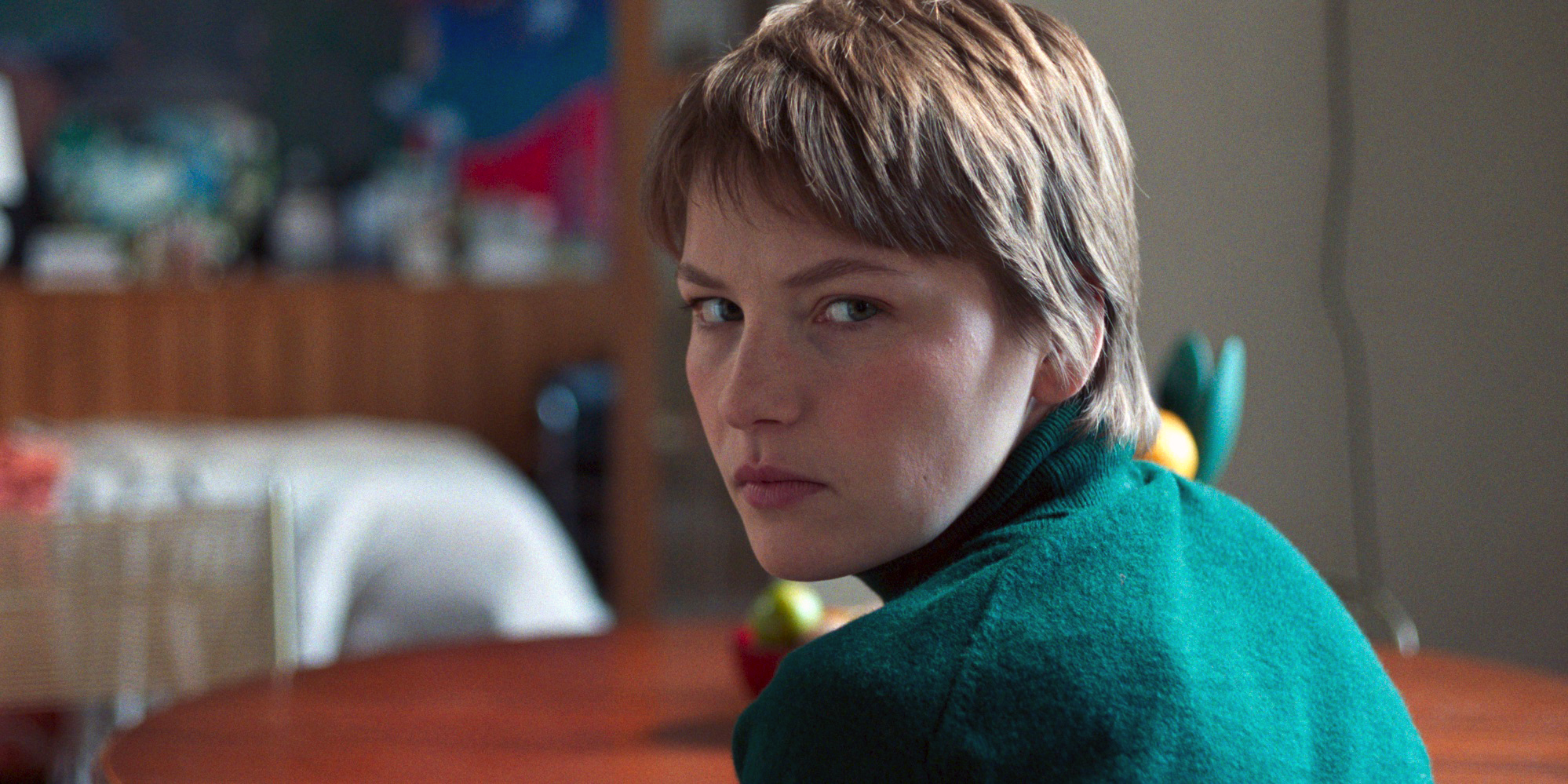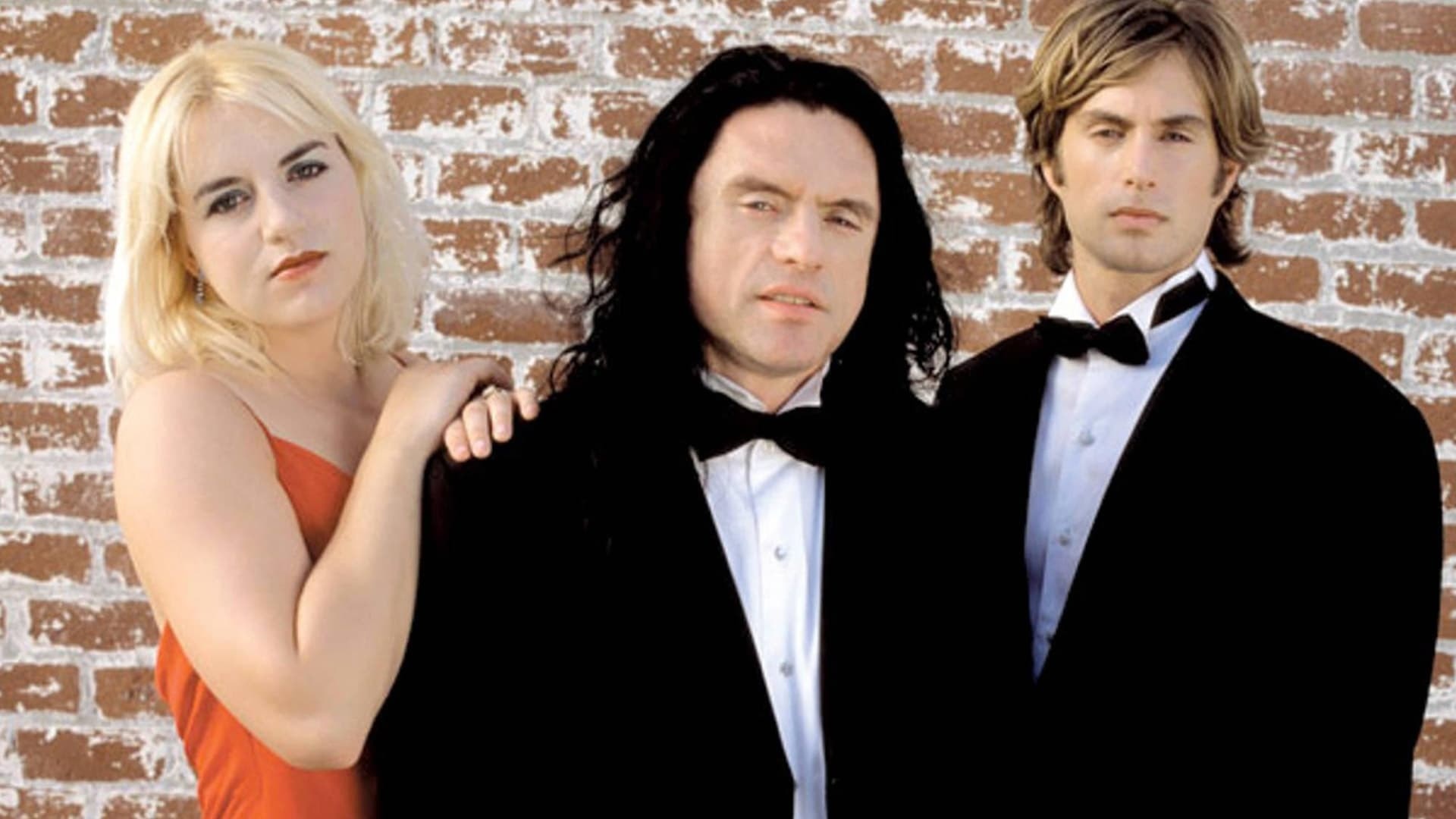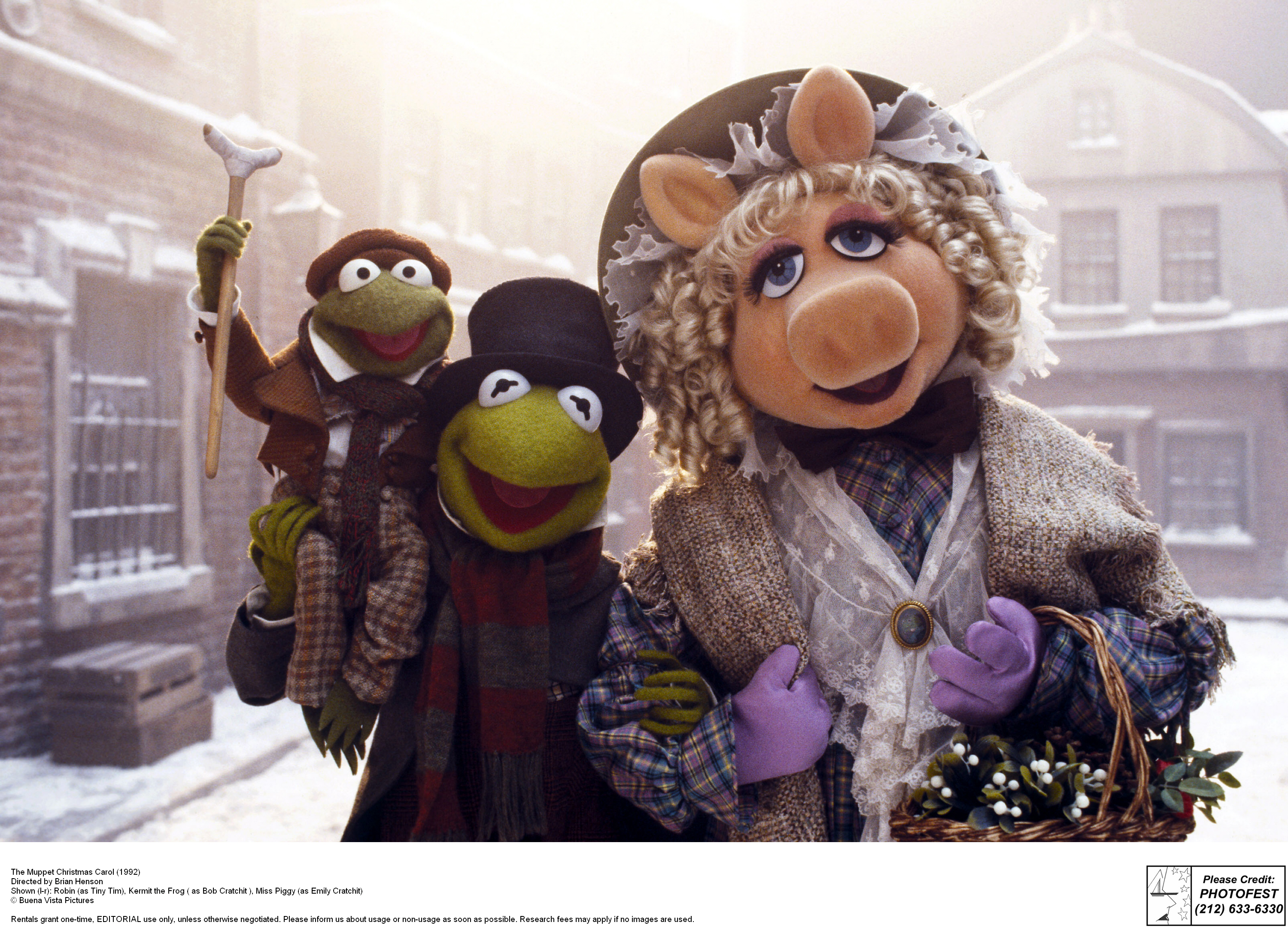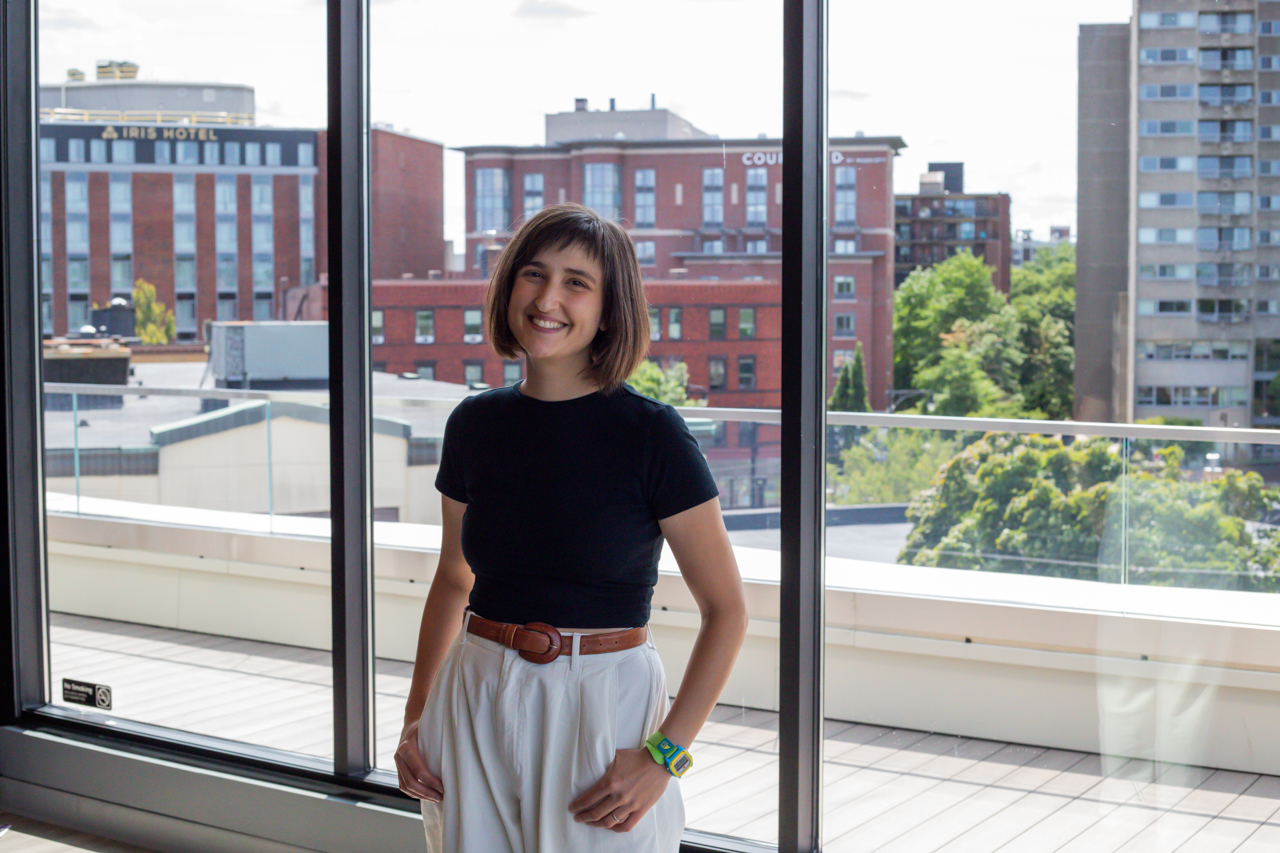
As we prepare to launch our new youth education program Coolidge Classroom, we sat down with the Coolidge’s inaugural Director of Education Sophie Blum to learn more about the program and Coolidge Education as a whole.
Although the Coolidge has offered educational programming for decades, one thing has always limited its scope: space. The lack of a dedicated classroom space was a major issue that our recent expansion project (and ensuing Education & Community Engagement Center, or ECEC) rectified, driven by our goal to reach larger and more diverse audiences through educational programming.
“Coolidge programming is Coolidge Education,” said Blum. “Cultivating a curious community of film-lovers, our repertory screenings and panel discussions have served as an extracurricular classroom since our beginnings.”
In tandem with the opening of an education space, the Coolidge created the first-ever position dedicated to education. Thanks to Blum’s arrival, more screens and space, and expanding existing Coolidge Education programs and creating new ones, we are excited to build upon the second branch of our mission: to entertain, inform, and engage—building a vital community through film culture.
“Having a dedicated education space enables us to do evening classes and programs that are open to folks with full-time jobs, young people, students, and diversify who has access to our education programs,” explained Blum. This includes Coolidge Classroom, the brand new youth education program for students in grades 6 through 12.

Coolidge Classroom is a free field trip program for students and their teachers. Developed in collaboration with local educators, the program is designed to support teachers’ existing curriculum in various subjects including STEM, world languages, and the humanities, while engaging media literacy skills and the foundations of cinema studies.
Blum received their undergraduate and graduate degrees in film and wanted to share what they had learned with younger students. “I wish that I had had the opportunity to dive into film earlier, so I decided that I wanted to teach high school film and media studies.”
This desire led Blum to receive their teaching license in English through the Newton Teacher Residency program and went on to teach sophomore and senior literature classes through the lens of film studies, cinema studies, and media studies.
“I love teaching and I love being in the classroom,” said Blum. “Getting to be a part of supporting teachers and students beyond the walls of an individual classroom is a dream come true for me. Creating the kinds of programs that I would’ve loved to share with my students when I was in the classroom is a once-in-a-lifetime opportunity.”
Blum has been working with teachers in an advisory committee to ensure the courses in Coolidge Classroom are designed to support the work that is already going on in schools “as opposed to some sort of cherry on top,” Blum explained. “If we are trying to create a program that is relevant and supportive to four different disciplines, seven grade levels, and dozens of districts, there is a lot of cross reference that needs to happen.”
One of the things that Blum witnessed firsthand in their classroom was that many students enrolled in film classes as an alternative method to demonstrate their analytical skills. “Not everyone is a strong reader or writer, but that doesn’t mean that they aren’t an incredibly strong analyst,” said Blum. “Film was a much more accessible medium for them to get excited about learning and analyzing, and other key literacy skills beyond the conventional text."
“What’s exciting about this program from my experience as a film scholar and particularly as a teacher, is that film is a rich, relevant, and urgent art form in its own right both historically and formally. And it’s also an extremely engaging and accessible point to study other disciplines.”
Coolidge Classroom is the Coolidge’s new, free field trip program serving students in grades 6–12! Learn more and get updates here.

